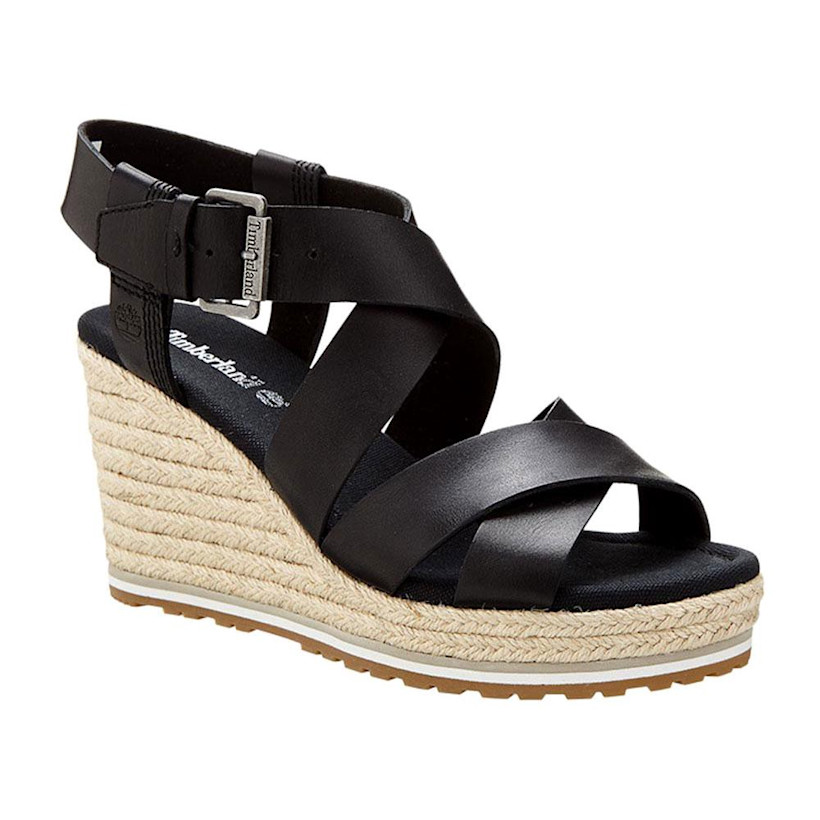
July 8, 2019
Retail has changed. How can your business keep up?
As a consumer, the first step to making a purchase is this: uncovering a need. Say your friend Julie’s favourite pair of sandals breaks on the first day she wore them out of the house.
Now she’s on the market for a new pair.
So she thinks of a couple of stores which might have what she wants. A few big brand names come to mind.
She knows that:
- Store A offers designer shoes (too fancy for the beach);
- Store B has a huge selection of all kinds of shoes (too much to browse and unreliable quality);
- Store C offers accessible mid-range, trendy shoes.
So she drives to store C.
She browses their sandal section, which the store curated based on their understanding of her needs, purpose and budget. She probably has a choice between ~10 models.
Is this scenario realistic?
Cue: resounding NO. 🙅🚫
In today’s Google, Amazon and voice search era, consumers don’t default to the stores they know. Instead, they think of a category of products, describe it in their own words to Alexa, or talk to their phone, then buy a product which matches their criteria from one of the first results they get.
Convenience matters more than from which retailer they purchase something. Today’s sellers need to be at the top of a search results page. To sum it up in three words:
Rank or die.
This shift means that retailers can no longer expect their customers to dawdle into their (online) stores and make a purchase.
Consumers are extremely well-informed. They no longer pick a store for their large inventory. Instead, they turn to Google, Amazon or JD.com. It’s a completely different ball game — one in which retailers listen to consumers, not the other way around.
How can retailers adapt to this new increasingly voice-first power dynamic? By focusing on product discovery. There are several aspects to product discovery which retailers can work on, some of which are:
- User language
- Product content
- SEO
User language designates all the ways in which users look for retailers’ products. They may search for a product in a very different way than its official retail name. Perhaps they put the emphasis on a different characteristic.
What would you call this:

FYI, a retailer may call this an ‘espadrille wedge sandal’.
Wedge sandals? Strappy sandals? Espadrilles? Summer heels? Shoes for wedding? Nude sandals? Faux-leather sandals? Holiday shoes?
Can you think of more examples? Users certainly can. There are hundreds of different ways of talking about any product.
The terms people use to search for something may vary widely depending on their purpose, their level of interest, the occasion for which they want the item, and many more factors. Online, consumers write like they talk, and increasingly they don’t even type any more: they just talk.
Not to mention the fact that brands have a tendency to give their products obscure names which do nothing for their SEO performance.

Would you search for ‘Timberland Nice Coast Cross Str Wide’ in order to find this pair of shoes? Me, neither.
In order to ‘speak’ user language and be found online and wherever users say a search phrase, retailers need to align their content in every nook and cranny of their store.
That includes every product page as well as.
When retailers do this right, those pages do extremely well on SEO and their traffic grows. A lot.
So is there a secret to eCommerce success in 2019?
Maybe this:
Put users first. When everything about your store is built to cater to their needs, both search engines and customers will reward you for it.



